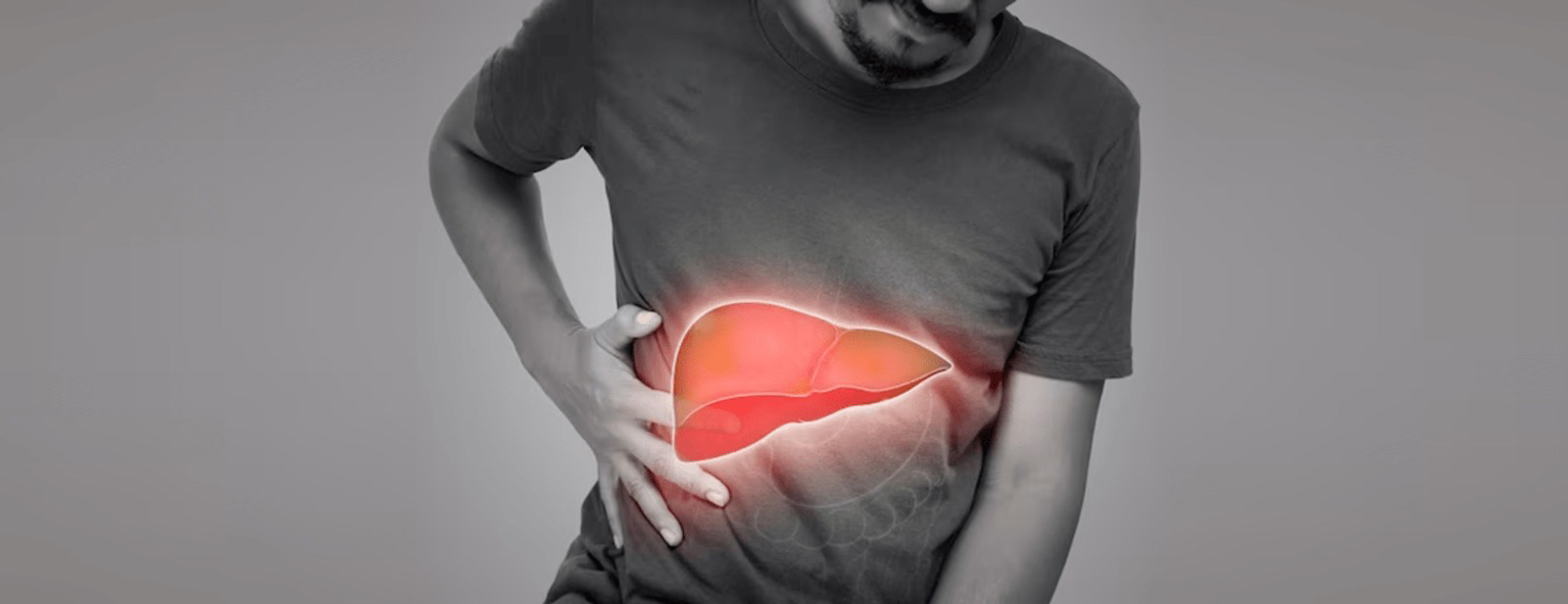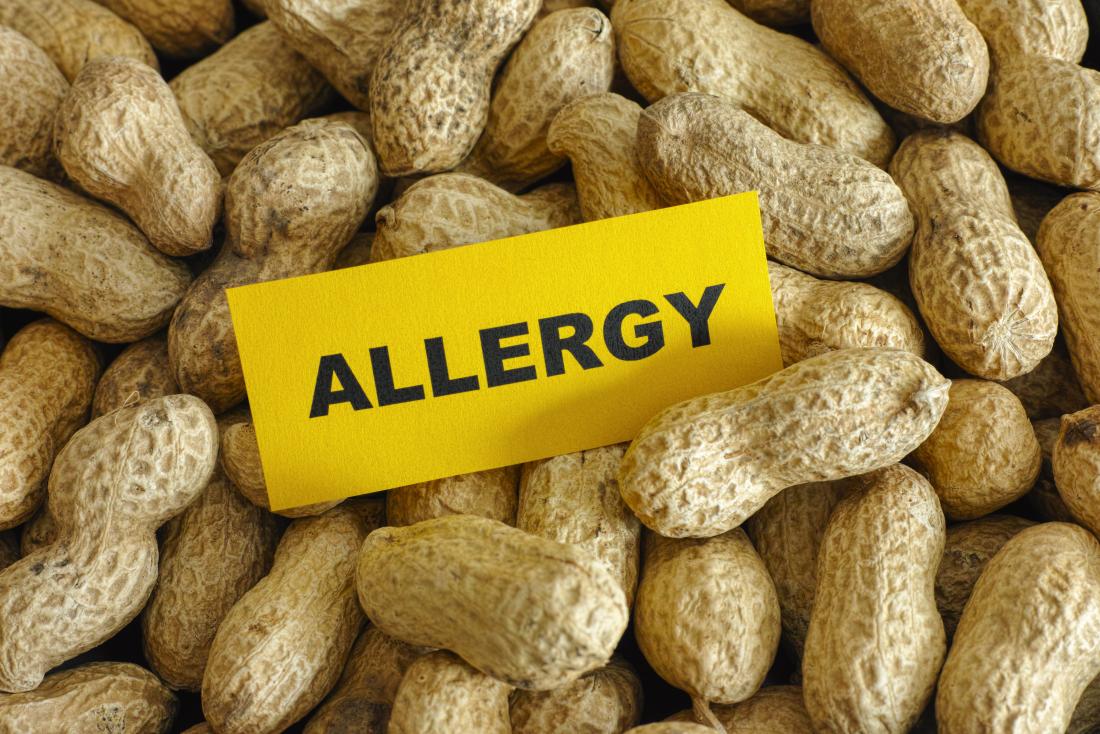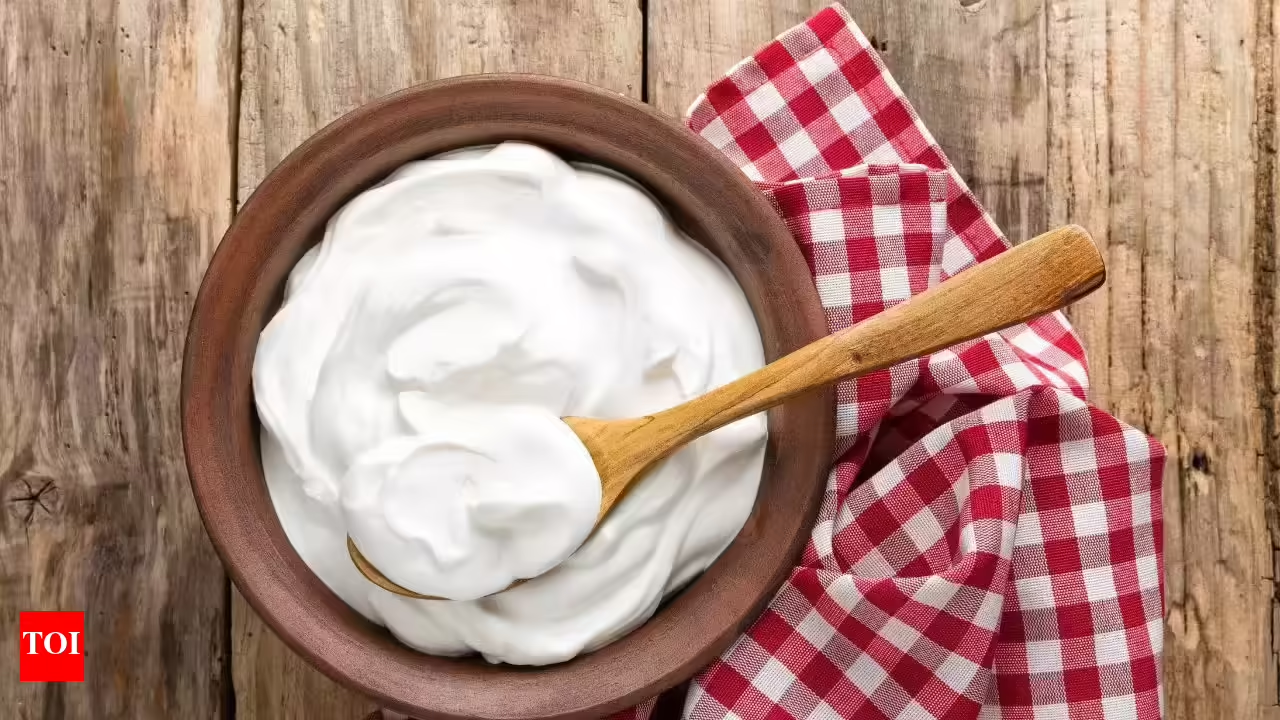Goat Milk Outperforms Cow’s Milk in Supporting Muscle Health: Animal Study
A recent study published in Food Science & Nutrition evaluated the effects of different dairy products on sarcopenia using an aging mouse model. Researchers compared goat and cow milk variants to assess their impact on muscle health, inflammation, and gut microbiota.
Sarcopenia, the age-related decline in muscle mass and function, is a growing public health issue among the elderly. While resistance training and protein intake are standard interventions, dairy products are increasingly being explored for their therapeutic potential.
In this study, male mice were divided into six groups, including controls and four groups fed different dairy products: goat whole milk (GWM), goat low-fat milk (GLM), goat low-fat milk fortified with vitamin D and calcium (GFM), and bovine whole milk (BWM). Sarcopenia was induced using dexamethasone.
Findings showed that all dairy products improved lean body mass and reduced muscle inflammation. However, only goat milk variants—particularly GLM and GFM—significantly reduced fat mass and showed superior activation of the PI3K/Akt/mTOR pathway, a key regulator of muscle growth. GFM notably enhanced MyoG and MyoD1 expression, essential markers of muscle regeneration.
Autophagy markers improved across all groups, with GLM producing the greatest decrease in p62 levels. Inflammatory markers, including CRP, IL-1β, and TNF-α, were reduced in dairy-fed mice, especially with goat milk supplementation.
Gut microbiome analysis revealed that goat milk increased beneficial microbes like Leuconostoc, Acinetobacter, and S. sciuri—associated with improved muscle outcomes. A unique “dairy-microbial score” confirmed that GLM and GFM promoted the most favorable microbiota profiles.
Bone mineral density was also enhanced in the GWM, GFM, and BWM groups, highlighting product-specific benefits. The study concludes that low-fat goat milk, especially when fortified, holds promise as a non-invasive dietary approach for managing sarcopenia.








